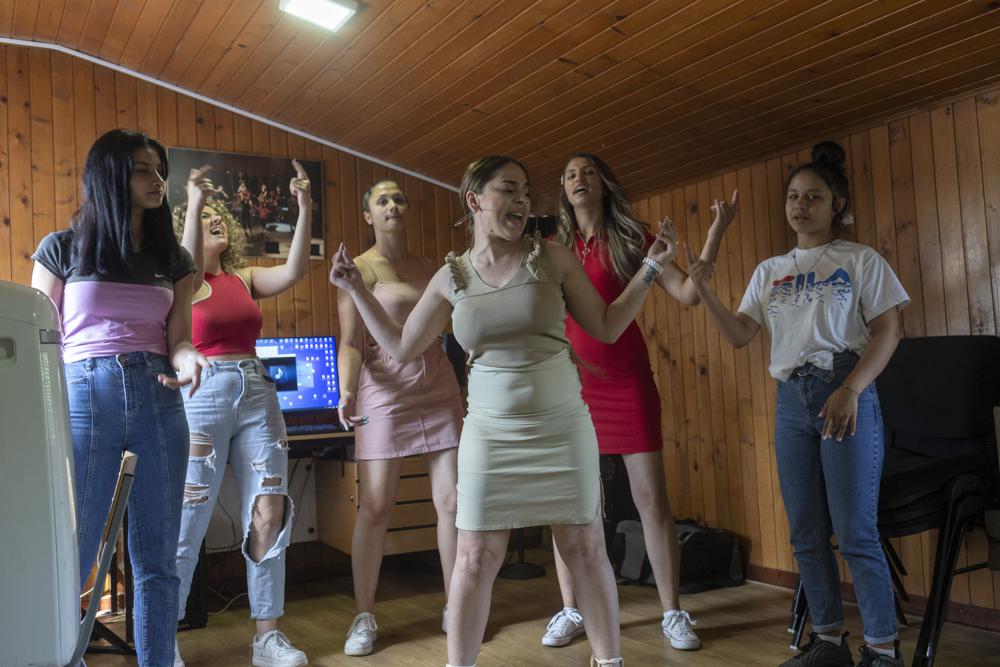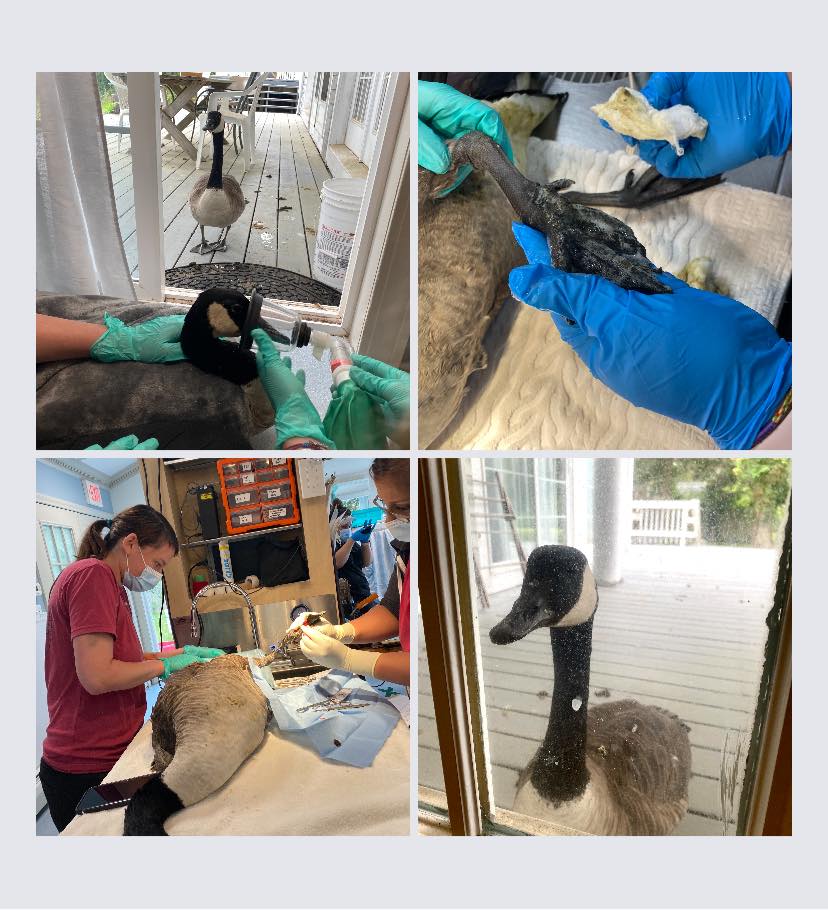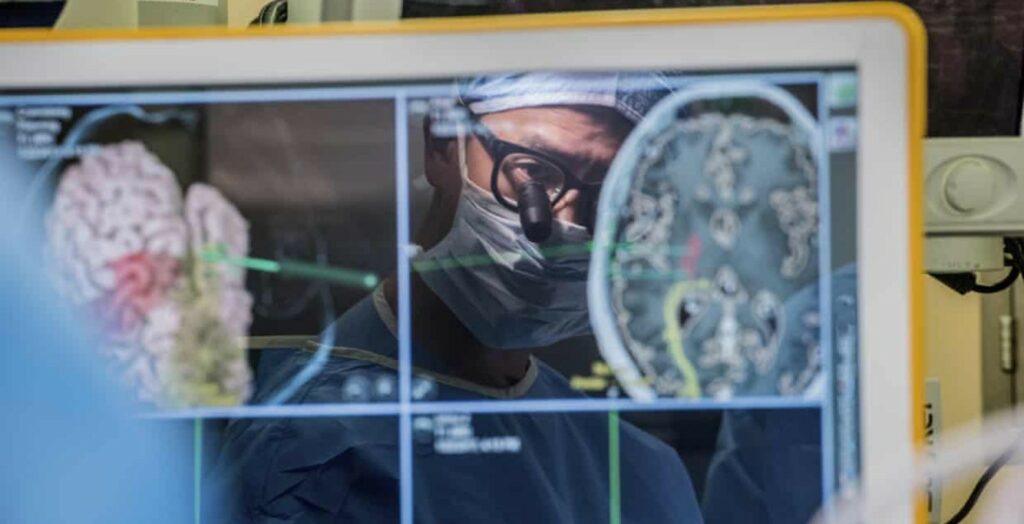Serbian Roma girl band breaks tradition

Serbian Roma girls are getting their voice heard through a new band, “Pretty Loud.” The band consists of six girls ages 14 to 27 who use their music to express frustration and urge other girls in their community to break traditions like child marriage and instead gain an education. They met after being background dancers for a boy band in the country and decided to form a group of their own. Their music mixes rap and traditional Roma folk beat, tackling topics like women’s empowerment. A third of Serbian Roma girls ages 15 to 19 are married, a trend both the government and people in the community are trying to end.
“We want to stop the early marriages … we want the girls themselves, and not their parents, to decide whether they want to marry or not,” said Silvia Sinani, one of the band members. “We want every woman to have the right to be heard, to have her dreams and to be able to fulfil them, to be equal.”
Goose stands by mate during surgery

Visitors aren’t usually allowed in the Cape Wildlife Center, a wildlife hospital in Barnstable, Massachusetts. But the staff made an exception for a goose named Amelia, whose lifelong mate Arnold underwent surgery. The two have resided near the center for several years. When the staff noticed Arnold limping, they decided to capture him and asses his injury.
They found two open-fractures on his foot, leaving his bone exposed. To give Arnold a chance of survival, the staff decided to perform surgery on the foot. As they began to give anesthesia to Arnold, tapping was heard at the window. Amelia had found her mate and was persistent to know if he was okay. The staff allowed her to watch as they did the procedure.
Arnold is now recovering for the next few weeks to avoid infection. But to keep the two lovebirds together, his enclosure is right next to the window where they can visit and even eat meals together. Amelia still checks up on Arnold daily and soon he’ll be back in the wild.
Paralyzed man’s brain waves turned into sentences

Researchers at University of California, San Francisco have taken the phrase “reading your mind” to a whole new level. They developed a “speech neuroprosthesis” that enabled a paralyzed man to speak. The technology used a computer to read brain signals and translate them onto a screen, reading the man’s mind. This accomplishment was achieved largely by university neurosurgeon Edward Chang, who spent a decade on research. An electrode device was surgically placed over the part of the brain that controls speech. A device was placed above the man’s head to read the brain activity. With a vocabulary of 50 words, it could decode what the man was trying to say. The system could decode the words from brain activity at a rate of up to 18 words per minute with up to 93% accuracy and a 75% median.
“To our knowledge, this is the first successful demonstration of direct decoding of full words from the brain activity of someone who is paralyzed and cannot speak,” Chang said. “It shows strong promise to restore communication by tapping into the brain’s natural speech machinery.”




